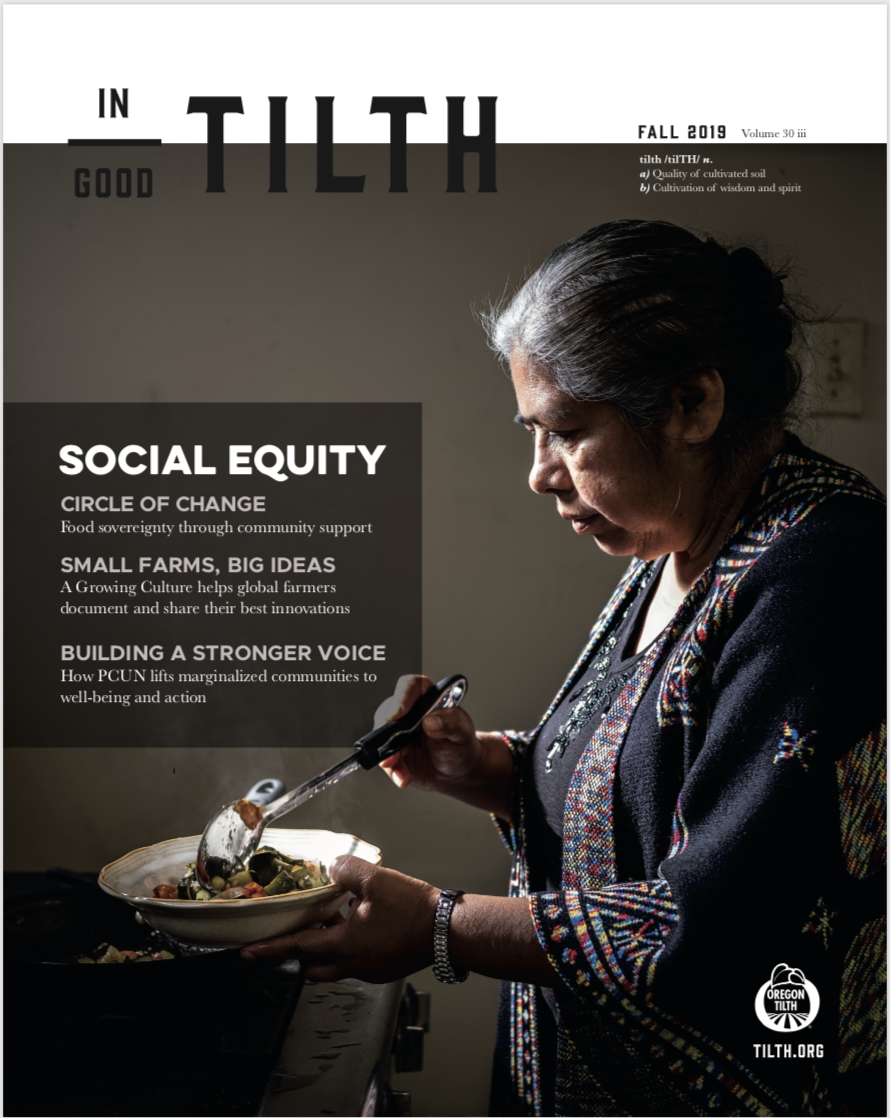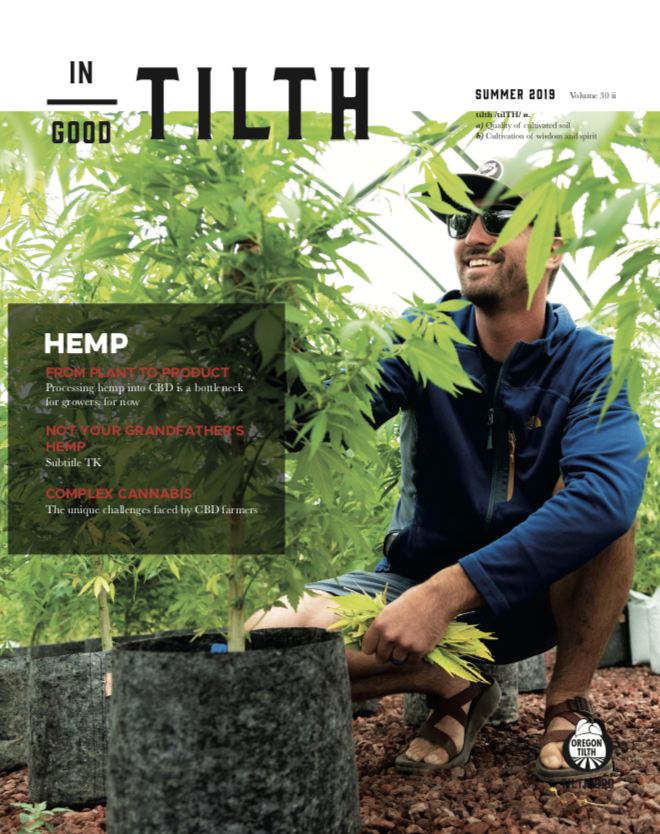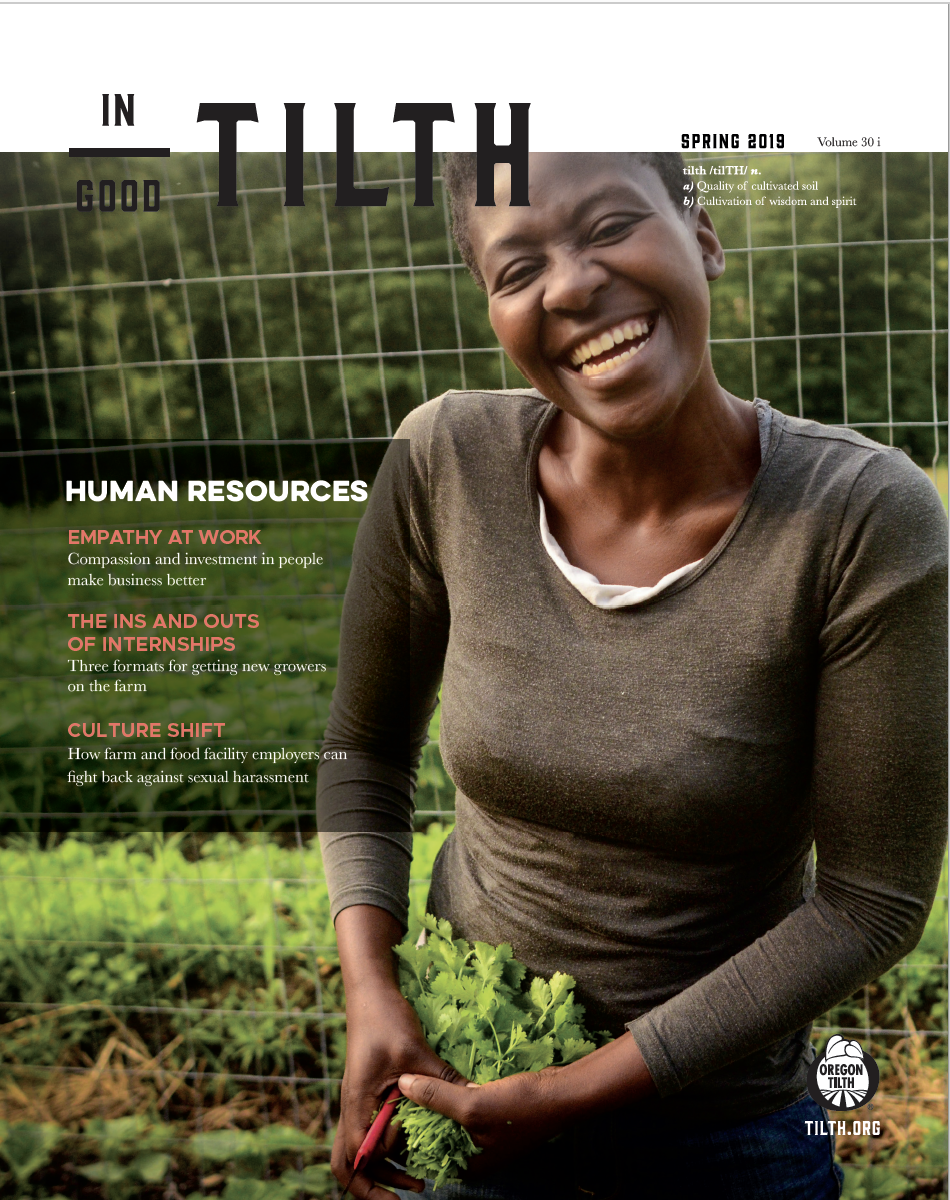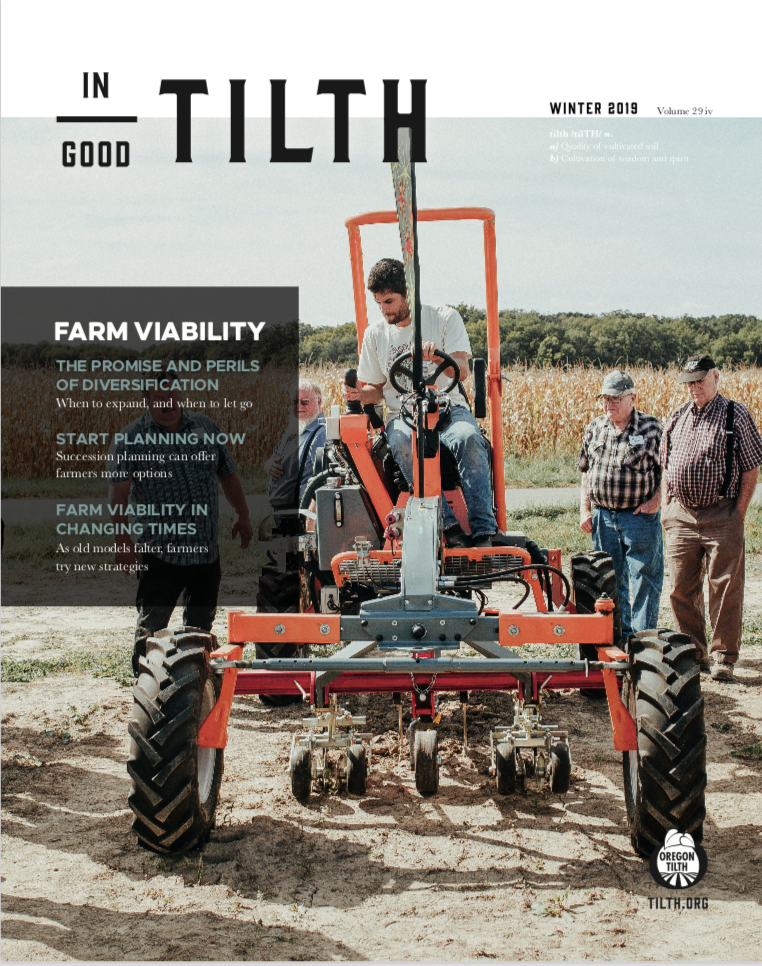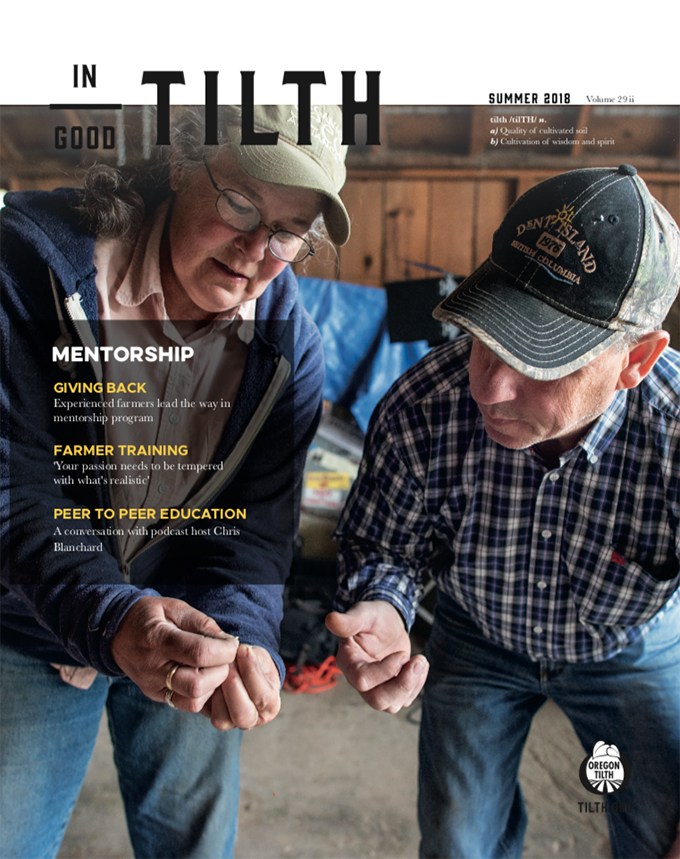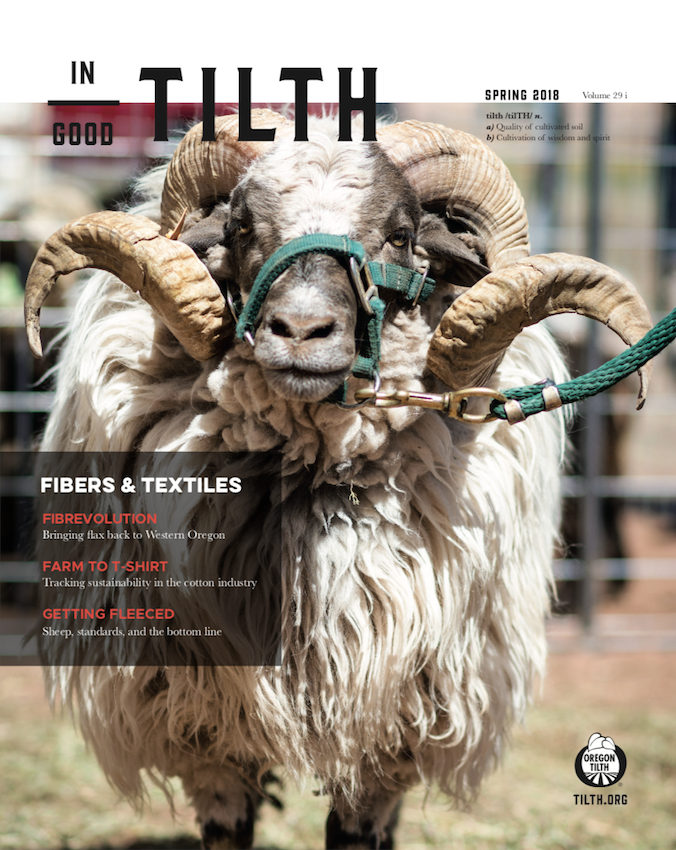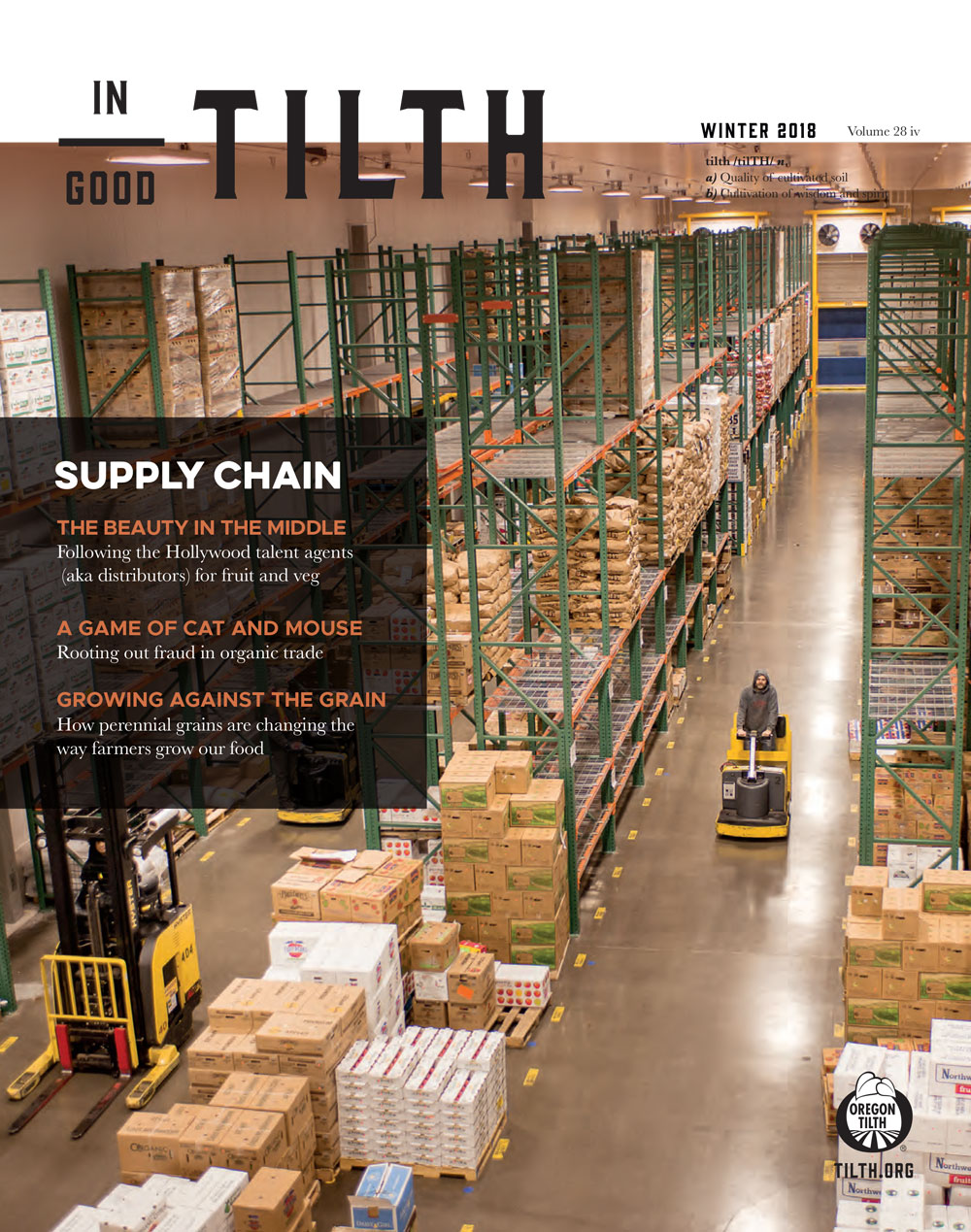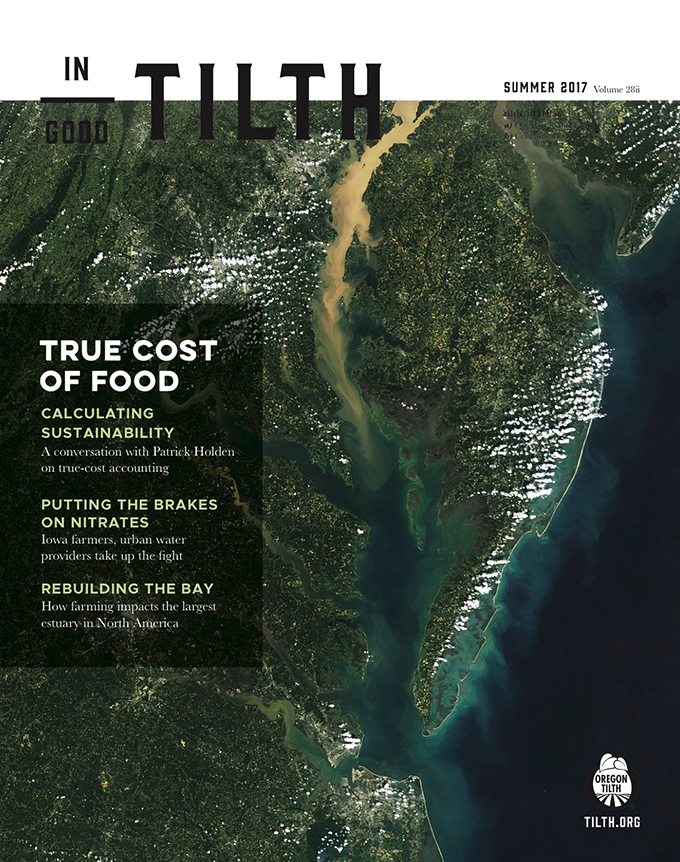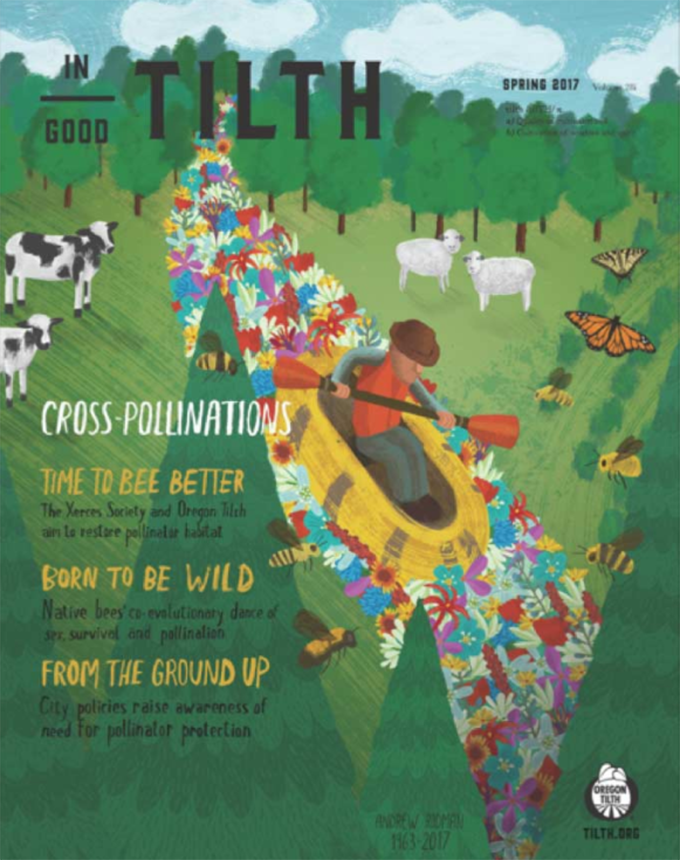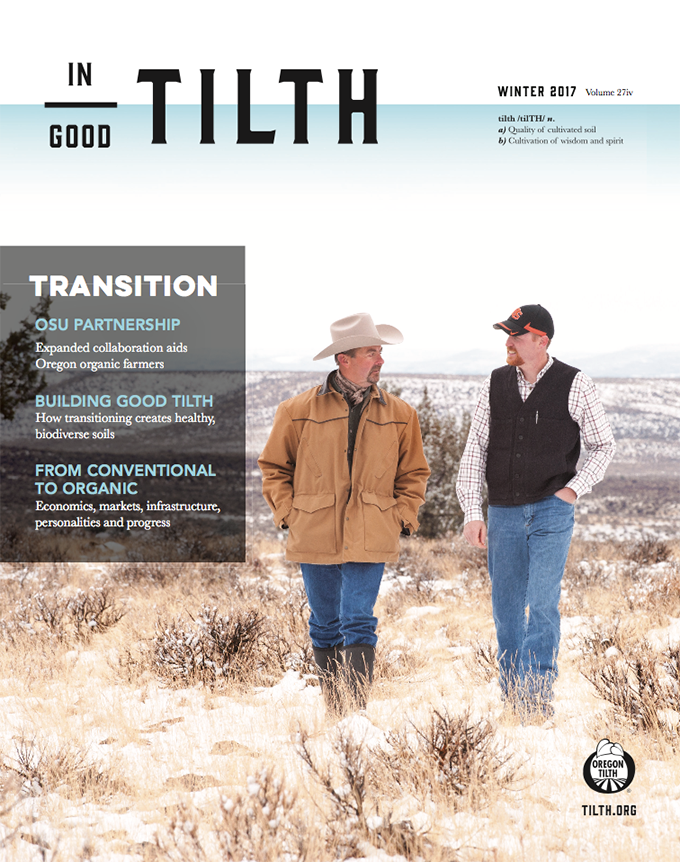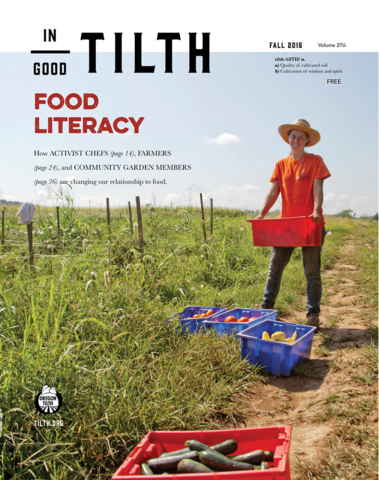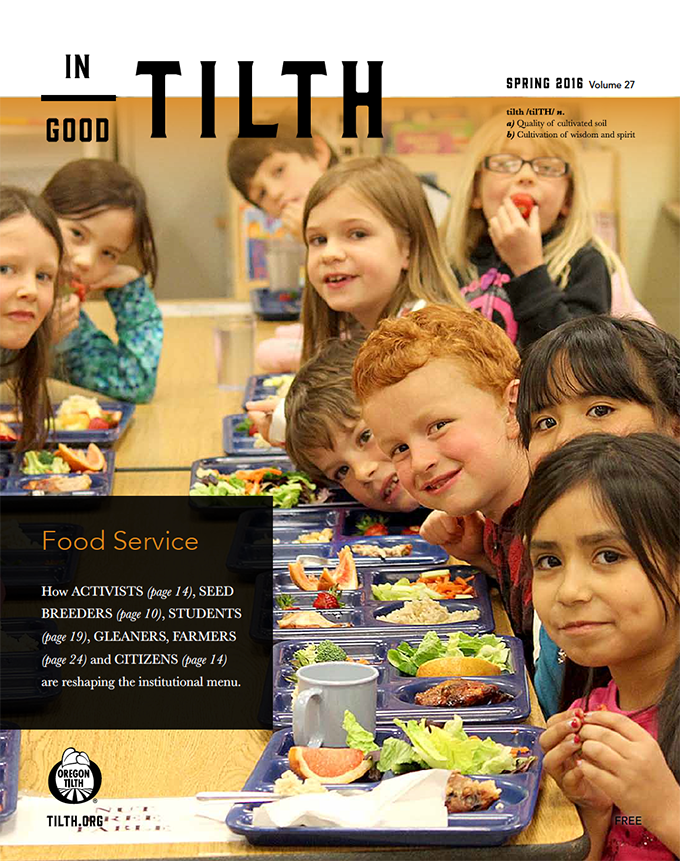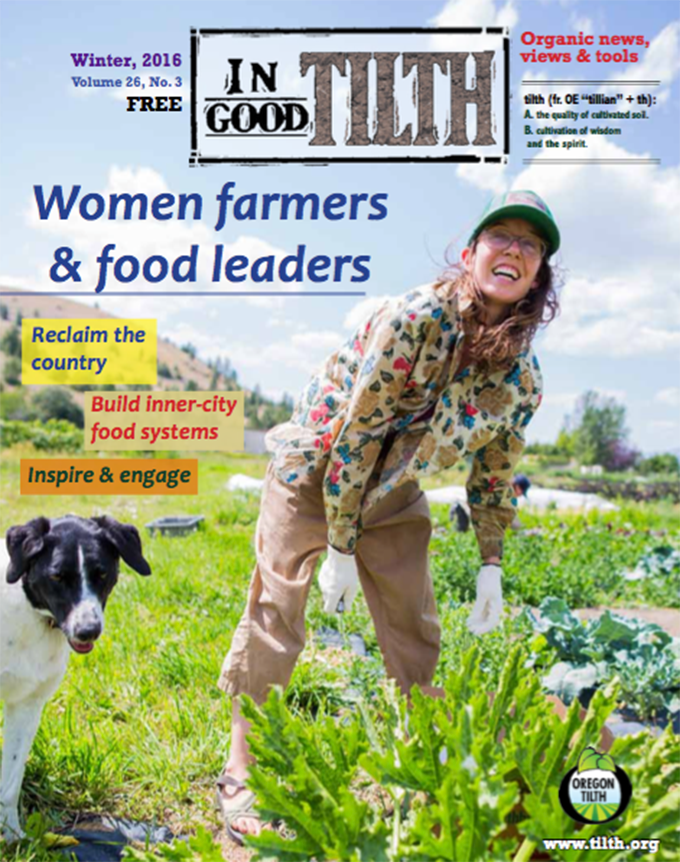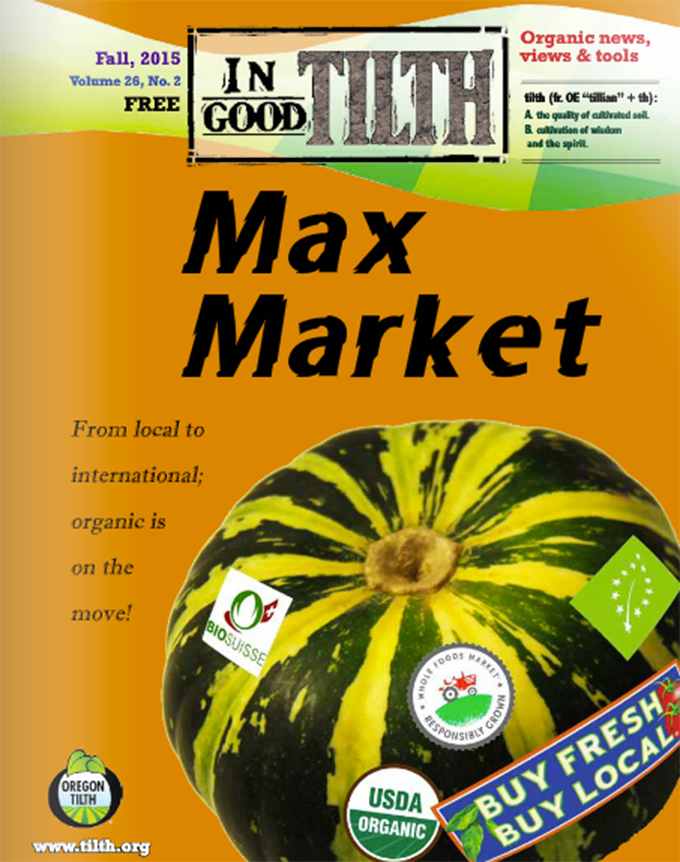Diversified vegetable farmers are faced with a complex act of balancing business and farm management. Each winter, farmers peruse seed catalogs and spreadsheets, planning for what they will grow in the upcoming season. As they do this, farmers are faced with an important question — how will what I grow affect my business?
Oregon State University’s Center for Small Farms and Community Food Systems, with Oregon Tilth, will answer just that question through Know What It Costs to Grow, a new online curriculum for the 2020 growing season. Funded by a grant from the Beginning Farmer and Rancher Development Program of the U.S. Department of Agriculture, the course will be available to farmers through OSU Extension.
Know What It Costs to Grow is a cohort-based class with three modules spanning a full season — not only training farmers to collect data and supporting them in calculations, but also helping them analyze the data for future decision-making. The unique three-step curriculum is aimed not only at farmers, but also at farm service providers — such as extension agents — who may be interested in leading a group of local farmers through the modules.
Tanya Murray, education specialist at Oregon Tilth, was inspired to create the curriculum based on her own decade-long experience working on and managing diversified vegetable farms. In her experience and the experience of many of her farmer peers, the relationship between which crops the farm grew and sold and the farm’s profits and costs — a critical calculation — was always difficult to establish.
The goal of the project is for diversified vegetable farmers to apply the modules to their current operation to understand how much their different crops cost to produce. This will give farmers a better understanding of which crops to grow more of, or which crops to decrease or even drop, to reap a profit and contribute to the overall viability of their farms. The data the participants receive, however, goes beyond simply deciding whether or not to eliminate a crop. Instead of removing a crop, the data will allow a farmer to analyze the cost of different aspects of production and allow them to make changes that might make the crop more profitable. The program will not only provide farmers with a clearer understanding of the actual cost behind what they grow, but it will also help them understand what a product is actually worth so they can price it accordingly. Murray says the inclusion of a cohort in the curriculum is a key part of the process because it provides both accountability and support.
“The recordkeeping part is usually the hurdle for people, and being part of a program can help you to stick with something,” she said. “The cohort component was part of the design because of a recognition of a need for support and accountability through the process.”
The regional facilitator also plays an important role in coaching the farmers through the recordkeeping process and being an in-person support system. While there is a fundamental in-person aspect to this class, the resources for each module are always available to students through an online portal.
TRACK IT
The first module of the curriculum is called, Track It, which focuses on time studies to account for labor costs for individual crops. The section includes resources such as videos demonstrating how to conduct the time studies. As students work through the module, they identify all the production activities on which they will conduct time studies during the growing season. Murray believes that integrating the new habit of “we do time studies” is a much more feasible set of data for farmers to collect compared with tracking their time for every single activity throughout the season.
For example, a time study on how long weeding a row of carrots takes gives the farmer a number to extrapolate over the number of times they weeded in the season. This is a more realistic way of tracking all the data, versus keeping track of every individual weeding session.
If a foundation of recordkeeping and systems tracking is already in place, Murray finds that it works well to integrate the time studies into it.
CALCULATE IT
The second module offers an Excel-based calculator for the farmers to input their data from the Track It module with instructional videos on how to use the calculator. The tool calculates the cost of production of each individual crop. Upon completion of the Calculate It module, students have estimates of the cost of production for each crop for which they provided data, with a detailed breakdown of the aspects of production for each crop.
ANALYZE IT
The Analyze It module provides a step-by-step process to use the cost information collected and calculated throughout the first two modules to make decisions about changes for the next season.
Farmers who use the tool can consider a variety of types of adjustments. For example, farmers can use the framework to explore how producing a different crop mix will impact their overall profitability using “what if” scenarios in the Cost Calculator.
Additionally, farmers can analyze their worst-performing crops to learn what the biggest costs of production are. This information can lead to adjustments for the following season, such as adding a flame step to weeding to reduce the time spent weeding later in the season.
This unique three-step curriculum created by farmers, for farmers, will be available early next year, for the 2020 growing season. If you’re interested in learning about specifics, openings in cohorts in your region or facilitating a cohort, fill out this brief survey, and we’ll keep you informed.


